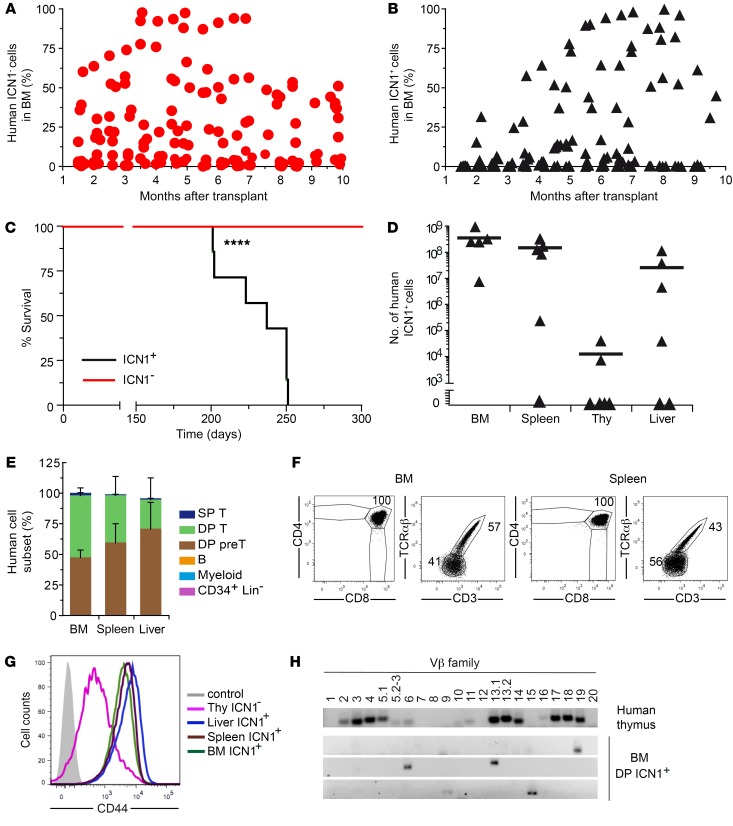Figure 5. Constitutive Notch1 signaling promotes an aggressive human T-ALL.
(A and B) CB HSPCs transduced with ICN1 and GFP (7.4% ± 1.7%) were transplanted into NSG mice. Combined data from 4 independent experiments, with a total of 18 mice, are shown as percentages of human cells derived from nontransduced ICN1– (A) or ICN1-transduced (B) HSPCs engrafting the mouse BM at the indicated months after transplant. (C) Kaplan-Meier survival curves of mice shown in A and B. (D) Absolute numbers of human ICN1+ cells infiltrating the BM, spleen, thymus, and liver of diseased mice shown in B at 7 months after transplant. Data were normalized to 105 transduced input cells. Mean values combined from 4 independent experiments with 5 to 6 mice/group are shown. (E) Mean percentages ± SEM of human ICN1+ cells of the indicated cell subsets, as defined in Figure 1C, infiltrating the BM, spleen, and liver of diseased mice shown in B (n ≥ 3). (F) Representative phenotype of human ICN1+ cells infiltrating the BM and spleen of diseased mice shown in B (n ≥ 7). (G) Representative CD44 expression of human DP T cells derived from ICN1-transduced or nontransduced CB HSPCs, infiltrating the indicated organs of diseased mice shown in B (n ≥ 7). (H) Reverse-transcriptase PCR (RT-PCR) analysis of the TCR-Vβ repertoire of 3 samples of human ICN1+ DP T cells infiltrating the BM of diseased mice shown in B (bottom panels) at 7 months after transplant (n = 8). The polyclonal repertoire of DP thymocytes isolated from human postnatal thymus is shown as control (upper panel). ****P < 0.0001.

